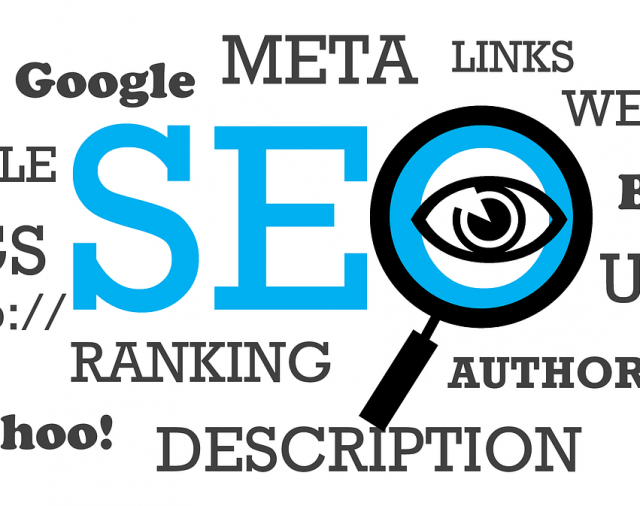Although Google has stated that sites using HTTPS will be given a minor rankings boost, many websites have experienced losses due to improper implementation. A lot of sites have migrated to HTTPS but have not done it correctly and may be losing out on the HTTPS ranking boost. Some have also created more problems on their sites by not migrating correctly.
HTTPS Post-migration Issues
One of the common issues we noticed after a site has migrated to HTTPS is that they do not set the HTTPS site version as the preferred one and still have the HTTP version floating around. Google back in December 2015 said in scenarios like this, they would index the HTTPS by default.
However, the following problems still exist by having two site versions live:
- Duplicate content
- Link dilution
- Waste of search engine crawl budget
Duplicate Content
If canonical tags are not leveraged, Google sees two site versions live, which is considered duplicate content. The rel=canonical tag passes the same amount of link juice (ranking power) as a 301 redirect, and often takes much less development time to implement. The tag is part of the HTML head of a web page.
Link Dilution
Having both the HTTPS and HTTP versions live, even with canonical tags in place, can cause link dilution. What happens is that different users will come across both site versions, sharing and linking to them respectively. So, social signals and external link equity can get split into two URLs instead of one.

Waste of Search Engine Crawl Budget
If canonical tags are not leveraged, and both versions are live, the search engines will end up crawling both, which will waste crawl budget. Instead of crawling just one preferred version, the search engines have to do double work. This can be problematic for very large sites.
Here is a list of the best practices for a correct HTTPS setup to avoid SEO issues:
- Ensure your HTTPS site version is added in Google Search Console and Bing Webmaster Tools. In Google Search Console, add both the www and non-www versions. Set your preferred domain under the HTTPS versions.
- 301 redirects HTTP URL versions to their HTTPS versions site-wide.
- Ensure all internal links point to the HTTPS version URLs site-wide.
- Ensure canonical tags point to the HTTPS URL versions.
- Ensure your XML Sitemap includes the HTTPS URL versions.
- Ensure all external links to your site that are under your control, such as social profiles, point to the HTTPS URL versions.
Proper use of canonical tags and 201 redirects will not affect the SEO of your website. Therefore, implement the HTTPS setup carefully. If you think that it is difficult for you to handle the technicality of this issue, then hire a SEO company to do your task.
Also read: How to Use Google+ to Increase Rankings

